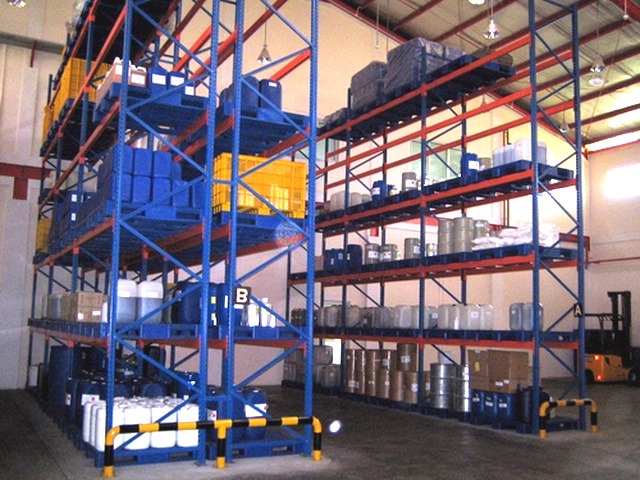The total number of property investments in the East Midlands increased in 2011 when compared to the previous year, according to research conducted by Lambert Smith Hampton (LSH).

LSH found that East Midlands property investments rose from £804 million in 2010 to £870 million last year. This was helped in particular by a strong industrial property market which saw increases from £214 million to £266 million during the same period.
Speaking of East Midlands performance, Adam Ramshaw, Investment Team Associate Director at LSH, stated: “The problems of the Eurozone and the halting recovery in the UK economy have depressed market sentiment in most of the regions, so it is encouraging to see an improved performance in the East Midlands.”
LSH also analysed 11 regions across the UK and discovered that commercial property prime rents across the regions had increased by 27 per cent. Of those regions, Heathrow, Manchester, Middlesbrough and Warrington recorded the highest increases.
Speaking of the rental increase, Steve Williams, Director of LSH’s Industrial and Logistics, stated: “Our findings show that prime rental values are on the increase in strategic locations.
“This market imbalance will cause the market to tip in favour of landlords who own quality space, allowing them to harden their stance on rent and incentives.”
In the East Midlands region, the two largest industrial commercial property acquisitions were by supermarkets who took on pre-let warehouses in Daventry and Alfreton. Tesco acquired 824,500 sq ft of space and The Co-operative took 477,100 sq ft of warehouse space before the construction of the development was even finished.
Speaking of the pre-let market, Mr Williams said: “Trends we expect to continue in 2012 [with] the number of pre-lets and build to suits taking place. During 2011 they accounted for 60% of market take-up as occupiers turned to developing their own space or forging partnerships with developers to gain the space they need.
“There were relatively few other options available to occupiers as little or no speculative development occurred in 2011.”
So what can we expect to see in 2012? Mr Williams believes it is all down to the economy. “As the economy recovers from a difficult end to 2011 and start to 2012, we expect demand levels to improve in all sectors and sizes, as this happens the pipeline of supply will only increase and consequently we anticipate the return of big shed speculative development at the end of 2012.”
Do you agree with Mr Williams? Do you think demand and supply for commercial properties will increase throughout this year? Or do you think the market will struggle?